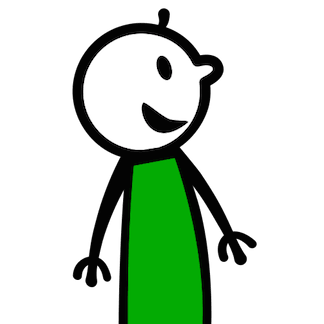Babies develop so quickly it sometimes feels as though you’ve barely finished one stage before the next stage arrives. You’ve cracked sleeping through the night. You and your little one have survived that first day of playgroup or nursery. You may think it’s time to think about potty training.
Most parents and carers are keen to get their little one out of nappies, but potty training is a daunting task for both the potty trainer and potty trainee. We want to get it right, but what is the right age to start day-time potty training? How can we be sure our little ones are even ready, and (if they are) how do we go about it?
One thing for certain is that you will not be short of advice. Your health visitor will have advice on potty training, and so will friends, family members and even work colleagues! As with most things, some of the advice will be useful and some will be a lot less useful. (There will always be one person that claims their child was out of nappies at a year old. Just smile politely and nod.)

